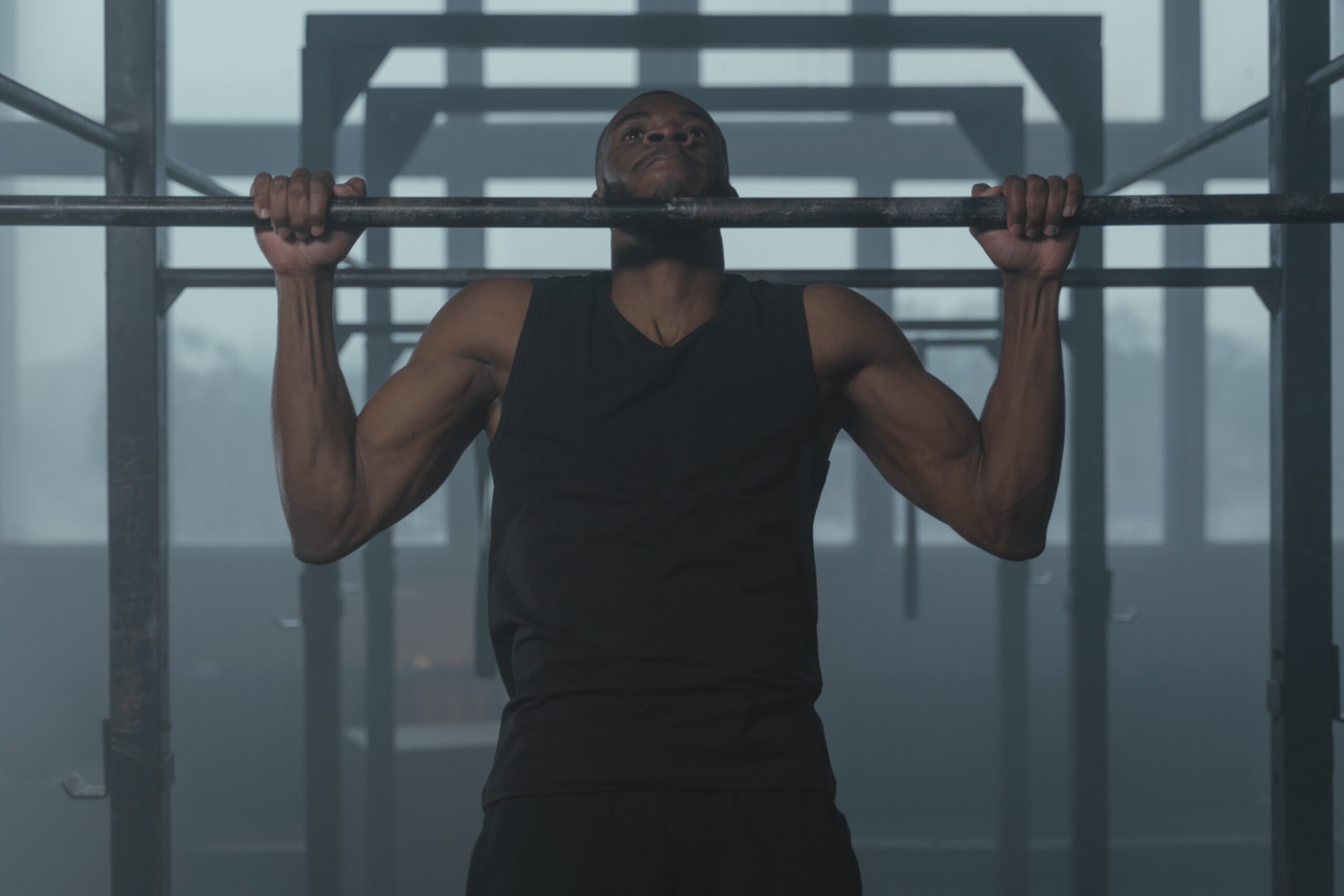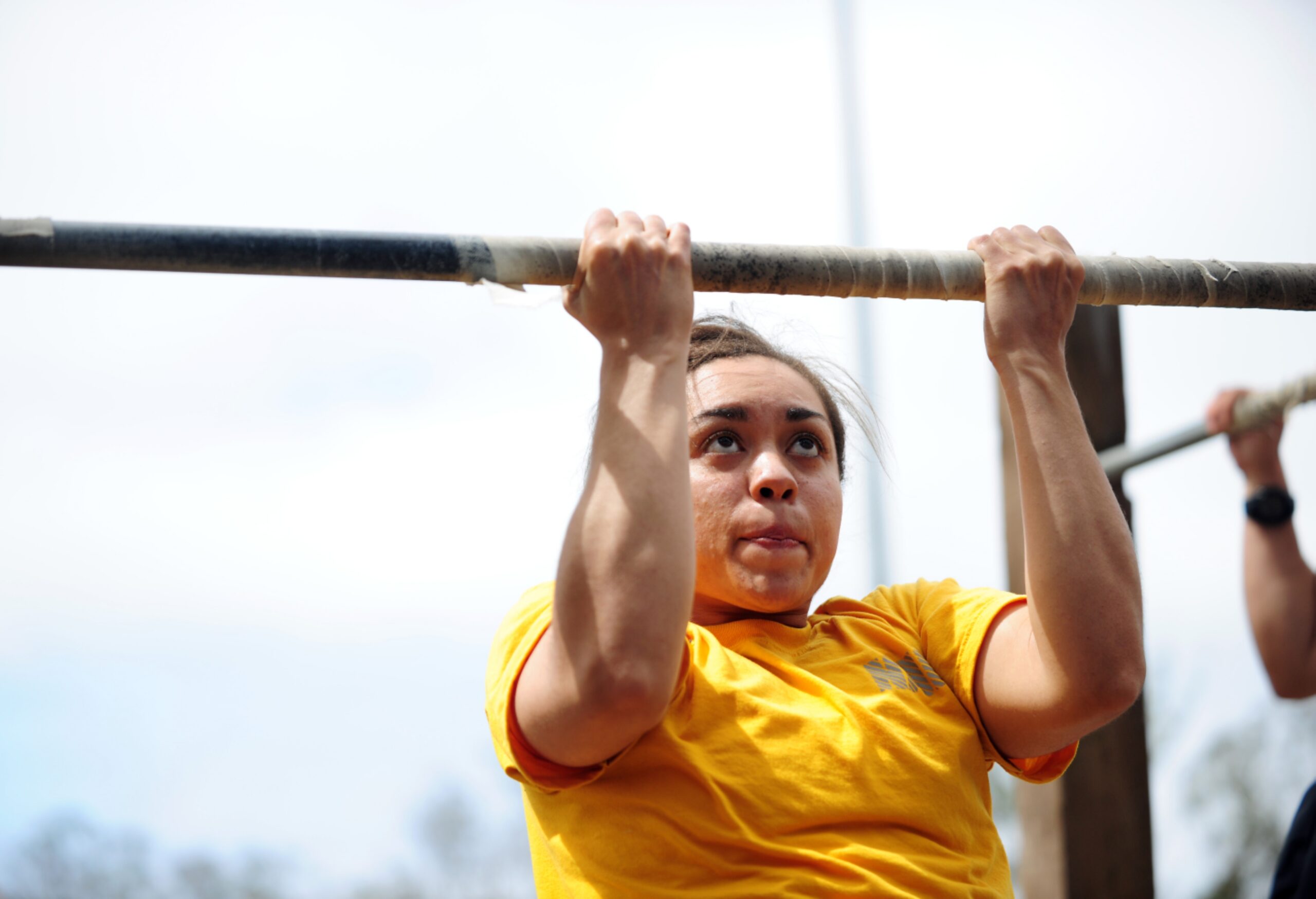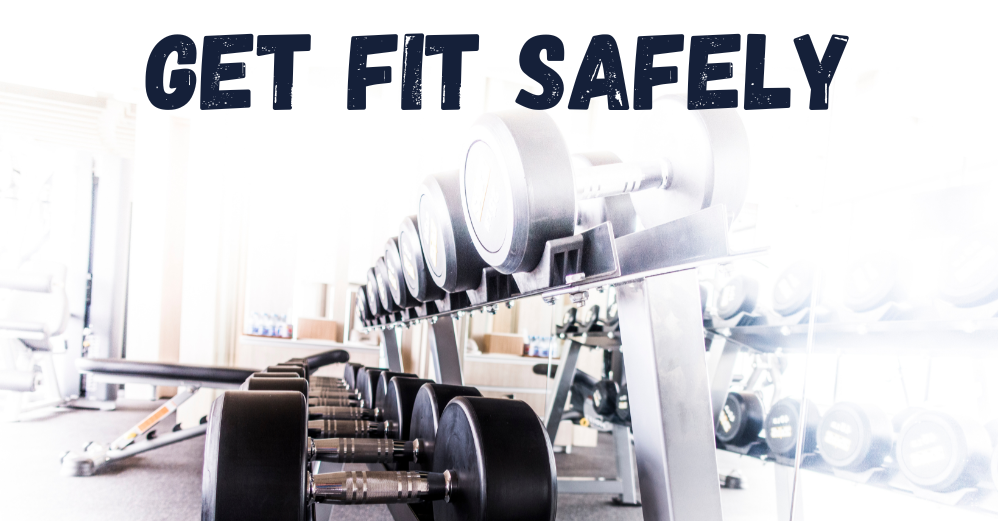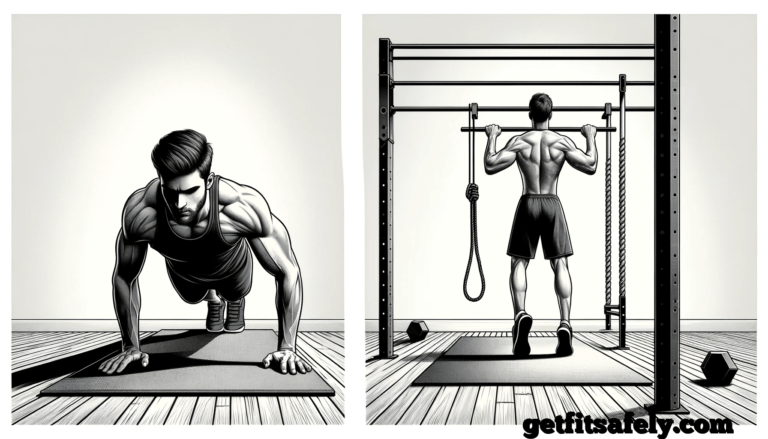Pull-ups and chin-ups are your trusty allies in building serious muscle.
Speaking from experience, these exercises revolutionized my approach to staying fit.
I can vouch for their effectiveness.
They might look similar, but the difference in grip changes the game.
Chin-ups, with their bicep-friendly grip, are perfect for beginners.
So if you’re aiming to master pull-ups, start with chin-ups and feel the difference.
| ASPECT | PULL-UP | CHIN-UP |
|---|---|---|
| GRIP | Prone (away) | Supine (towards) |
| FOCUS | Back (lats, traps) | Arms (biceps), chest |
| DIFFICULTY | Harder (less bicep help) | Easier (more bicep use) |
| HANDS | Flexible positions | Narrow grip preferred |
What’s a Pull-Up and Why You Need to Do Them

Ever wondered what makes pull-ups the real deal in upper-body workouts?
Having spent hours at the pull-up bar, I can assure you it’s about more than just getting off the ground.
This prone grip exercise is a powerhouse for strengthening your back and arms, with your abs kicking in for some serious stabilization.
Pull-ups aren’t just any move; they demand strength, endurance, and a heap of patience.
But, here’s the kicker: weave them consistently into your workout, and you’re looking at a game-changer for a stronger, more muscular upper body.
Think of them as the squats for your upper half – irreplaceable.
Chin-Ups: Easy Power Move for Upper Body

Now, let’s chat about chin-ups.
Most gym-goers find these guys a breeze, and there’s a good reason why.
When you switch to a chin-up, with its friendly supine grip, your arms, especially your biceps, get in on more of the action.
But don’t be fooled – chin-ups aren’t just an arm workout.
They’re a stellar way to train your back muscles too.
And guess what?
Studies show the lats get almost the same workout in both pull-ups and chin-ups.
So, if you’re looking to mix things up or ease into pull-ups, chin-ups are your perfect starting point.
Pull-Ups and Chin-Ups: A Simple How-To Guide
Pull-ups and chin-ups may seem like simple exercises, but perfecting them is an art.
Here’s a breakdown of how to do them right:
- The Pull-Up: A Step-by-Step Breakdown:
- First, grab the bar with a prone grip, hands straight and wrists natural. This is your starting point.
- Then, it’s all about flexing those arms and lifting your body until your chin is buddies with the bar.
- Nailing the Chin-Up: It’s All in the Grip:
- Same deal, but flip those palms to face you.
- This supine grip makes a world of difference in muscle engagement.
- Remember, scapular depression is key in both exercises.
- It’s not just about lifting; it’s about engaging the right muscles.
- Hand Positioning: Finding Your Sweet Spot:
- The distance between your hands can vary, and here’s where things get interesting.
- For chin-ups, keep your hands not too far apart.
- Why?
- A wide grip might cut your range of motion short and risk injury.
- Pull-ups, however, are more forgiving.
- Feel free to mix up your grip.
- It’s a great way to challenge your muscles from different angles without worrying about losing your range of motion.
RELATED:>>> How to Increase Pull-Up Repetitions
Pull-Up vs. Chin-Up: Essential Differences Explained
Often lumped together, pull-ups and chin-ups are distinct beasts in the workout world.
Let’s dive into what sets them apart, based on my own experience and a bit of muscle science.
The most glaring difference?
It’s all in the hands.
Chin-ups have you with palms facing you, a grip that invites your biceps to the party, making them a tad easier for most.
Pull-ups, with palms facing away, don’t lean on bicep strength as much.
It’s more of a full upper-body challenge.
If you’ve ever tried a pull-up and found it tough, now you know why – your biceps can’t come to the rescue like in chin-ups.
Both workouts are champions for your back and lats.
However, there’s a key difference to note: chin-ups engage your arm muscles more significantly, and even your chest muscles get involved.
Pull-ups?
They’re the secret sauce for stimulating your trapezius muscles, leading to more extensive back and infraspinatus muscle involvement.
Muscles Trained by Pull-Ups
This exercise, guys, is a game-changer for your upper body, especially the posterior chain – those muscles running down your back.
Engaging in a standard pull-up, hands gripping the bar shoulder-width apart, here’s what happens:
- Primary Muscles Targeted:
- Lats (those broad muscles on your back)
- Traps (near your neck) and Rhomboids (between your shoulder blades)
- Secondary Muscles Getting in Action:
- Infraspinatus (part of your rotator cuff)
- Chest muscles
- Biceps Brachii
- Erector Spinae (keeping your spine straight)
- Abdominals (for core strength)
Muscles Trained by Chin-Ups
When you switch to chin-ups, there is a noticeable change in muscle engagement.
Unlike pull-ups, the focus here is on the anterior chain – the front body muscles.
- Muscles Activated by Chin-Ups:
- Biceps (they get a serious workout)
- Pectorals (chest muscles)
To bulk up those biceps, slow down your reps (aim for 8-12) and keep rest short.
Tried and tested, this method works wonders!
Scientific Analysis of Muscles Targeted by Pull-Ups and Chin-Ups
A revealing study (PubMed/21068680) sheds light on the muscle dynamics between pull-ups and chin-ups, confirming the differences in muscle engagement we’ve mentioned.
Participants, 21 men and 4 women, were put through an electromyography (EMG) test to understand muscle activity.
Key Findings:
- Chin-Up: This exercise showed higher activation in the pectoralis major and brachial biceps compared to the pull-up.
- Pull-Up: The lower trapezius muscle was significantly more active in this exercise.
- Muscle Activation Sequence: Both exercises start from the lower trapezius and pectoralis major, finishing with the recruitment of the brachial biceps and latissimus dorsi.
- No Difference with Equipment: The study found no notable difference between using the Perfect Pullup™ with twist handles and traditional methods.
In Summary:
While both exercises engage similar muscle groups, chin-ups emphasize the brachial biceps and pectoralis major more.
However, the initial stability and ascent phase remains the same in both exercises, providing a comprehensive upper-body workout.
Pull-Up & Chin-Up Benefits
Pull-ups and chin-ups transcend typical gym routines; they’re essential moves that enhance athletic abilities and make daily activities easier.
Here’s a rundown of their advantages:
- Accessibility: You don’t need fancy or expensive gear. Just a basic pull-up bar will do. No bar at home? No problem! Local parks often have pull-up bars ready for use.
- Sport and Daily Life Enhancement: These exercises are fantastic for improving the skills you need in various sports and daily activities.
- Fat-Burning Powerhouses: Both chin-ups and pull-ups can be integral parts of a fat-burning training program. By reducing rest time between sets, you can elevate your heart rate for effective fat loss.
- Variety with Ease: Altering your routine is as simple as changing your grip. Switching from pull-ups to chin-ups (and vice versa) not only adds diversity but also shifts muscle focus.
RELATED:>>> 10 exercises to train the biceps on the Pull-Up bar
Elbow and Shoulder Mechanics in Pull-Ups vs. Chin-Ups: A Scientific Perspective
Ever wondered why pull-ups and chin-ups feel different, despite looking similar?
It’s all in the elbow and shoulder mechanics.
Let’s examine some scientific insights that unveil the distinct demands of this exercise:
Pull-Ups: A Case of Speed and Range
In pull-ups, the motion is quicker – almost double the flexion speed of chin-ups.
Why?
It boils down to arm positioning.
With a wider, pronated grip in pull-ups, your arms cover more distance, resulting in faster movement.
Elbow Joint Range: The Chin-Up’s Limit
When measuring the elbow joint’s range of motion, chin-ups peaked at around 126°.
This contrasts with pull-ups, where the elbow extends further to about 136°.
Shoulder Movement: Pull-Ups Take the Lead
The shoulder range is where it gets interesting.
Chin-ups hit around 163°, but pull-ups go further, reaching approximately 182°.
This greater range in pull-ups allows for more shoulder movement, enhancing freedom and versatility.
Muscle Focus: Pecs vs. Traps
This difference in motion explains why chin-ups emphasize your pecs more, while pull-ups engage your lower traps to a greater extent.
Understanding these nuances has completely transformed how I approach each exercise, focusing on the specific muscles and movement patterns for maximum benefit.
Why Pull-Ups and Chin-Ups are Essential for Your Workout
Wrapping up, it’s evident that pull-ups and chin-ups are excellent upper-body workouts.
While they might appear alike, the distinction lies in the details.
Pull-ups are your go-to for hitting those lats, trapezius, and infraspinatus muscles.
On the flip side, chin-ups are a powerhouse for your pectorals and biceps.
Understanding these differences, it’s clear why a well-rounded routine needs both.
So, why wait any longer?
It’s time to grab onto that bar and get ready to see some amazing results!





